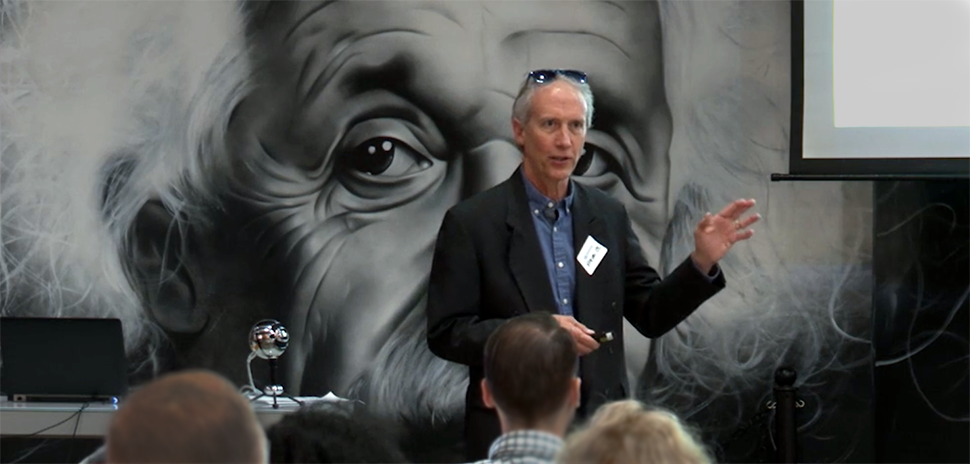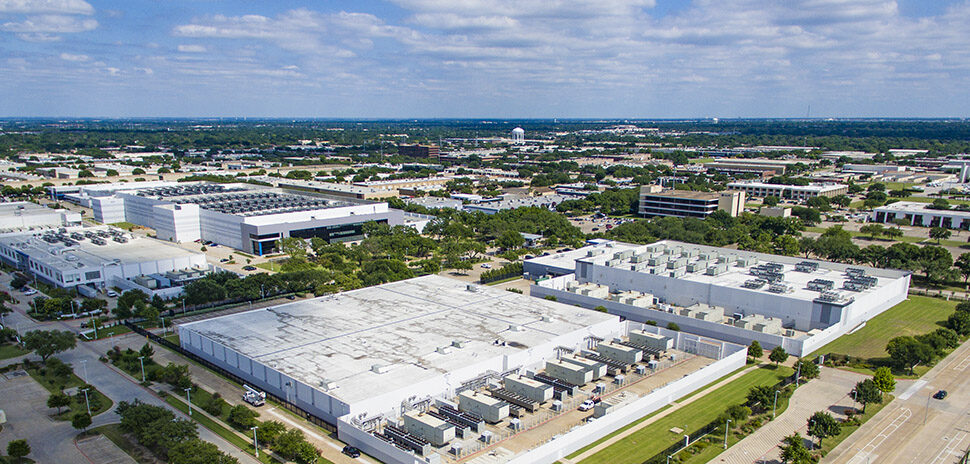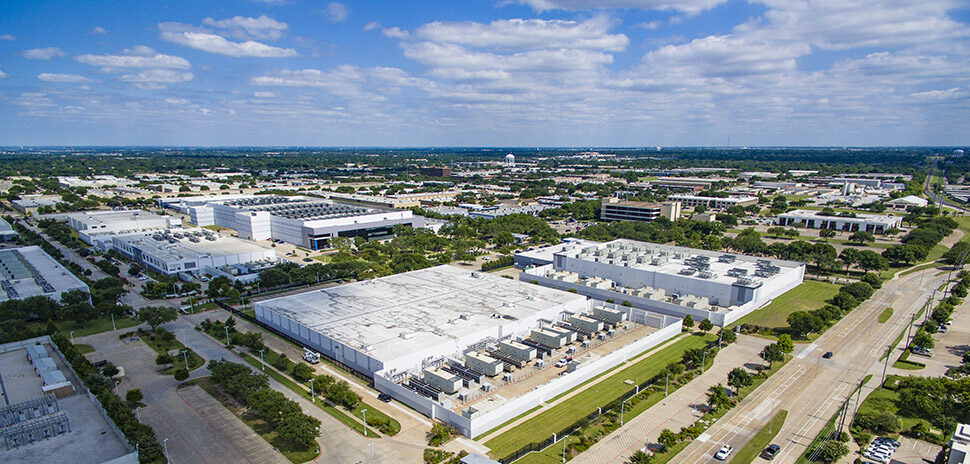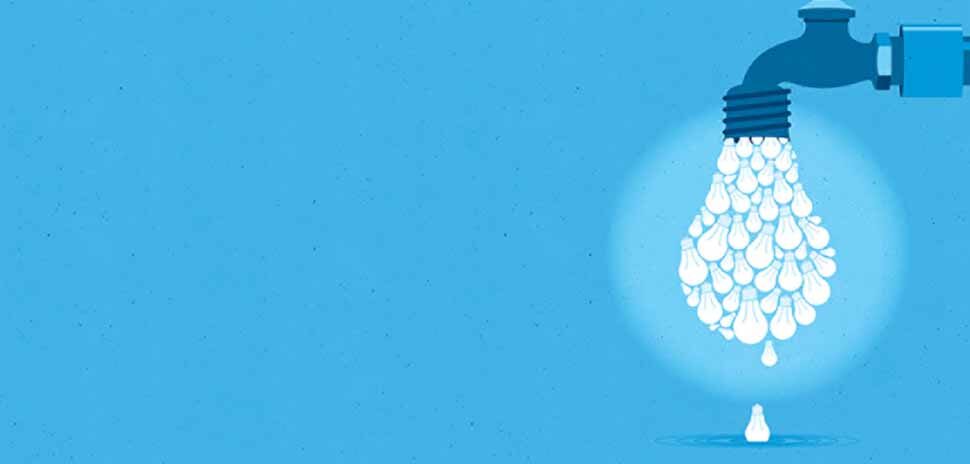A growing chorus of observers call for innovation in public education, but the reality is that school districts are often ill-suited for the endeavor. Despite occasional lip service to it, school districts quite frequently stifle innovation, consciously and unconsciously. As the chief of the newly created Office of Transformation and Innovation at Dallas ISD, my job is to help figure out how to incubate and scale new, promising ideas across the district. For me, that means letting go of control in some important ways, which is something that doesn’t typically appeal to some central office administrators.
I often think about the work of Rosabeth Moss Kanter, a Harvard Business School professor specializing in strategy and innovation. She writes about ways that organizations from all sectors stifle innovation: stressing predictability above all else; favoring exact plans and guarantees of success; insisting that all procedures are followed; and assuming that those at the top got there because they already know all the good ideas that should be implemented. If you are familiar with school districts, you’d know that we are sometimes guilty of these behaviors. By design, Dallas ISD’s Public School Choice initiative, which my office manages, forces central office personnel to let go more than they’re used to, which is uncomfortable but needed.
Good ideas are not the exclusive monopoly of central office; in fact, they are probably more likely to be found outside of central office.
Before I explain “letting go,” a bit of background about the initiative itself: by 2020, our goal is to launch 35 Choice Schools which showcase specialized academic models such as Montessori, STEM, Fine Arts, Dual-Language, Business, Urban Planning, and many more. All Choice Schools will be district-run and district-operated with district staff. Similar to existing Magnet Schools, Choice Schools will tap into individual students’ learning styles, interests, and aspirations to help them realize their full academic potential. Unlike existing Magnet Schools, however, Choice Schools will not have any academic entry requirements—they will be open to all students, regardless of academic ability. All students deserve a best-fit school in the 21st century, not just the high-scoring ones.
One of the most powerful aspects of Public School Choice is that the process for identifying Choice Schools is entirely from the ground up. Each year, my office releases a competitive proposal process by which educators can submit ideas for their “dream school.” We include a lengthy menu of options of different academic models from which to choose, but we’re also open to ideas not listed. Current leadership teams of existing neighborhood schools can apply for their school to become an Innovation School. Innovation Schools are existing neighborhood schools that voluntarily apply to redesign their entire campus around a new academic model. They keep their existing attendance boundaries, stay in their existing facilities, and maintain their traditional neighborhood identities. Additionally, educators from both in and out of the district can form a team to apply to launch a brand new Transformation School. Transformation Schools are new start-up schools that launch in vacant buildings, new buildings included in the recently approved bond package, or non-traditional spaces such as a co-location with a community college or museum. They won’t have attendance boundaries, but rather open enrollment across the entire district, and transportation will be provided. (Learn about one such Transformation School by going here.)
Under this structure, central office is not dictating which schools get certain academic models, hence the “letting go.” Instead, school-level educators are empowered to become the primary engines of fresh concepts and designs. Good ideas are not the exclusive monopoly of central office; in fact, they are probably more likely to be found outside of central office. Through Public School Choice, we formalized a process of identifying new, promising ideas from those closest to students.
Of course, this doesn’t mean the proposal process is a free-for-all in which central office assumes a completely laissez-faire approach. Students aren’t experiments, so we have to ensure that proposals making it through the competitive process are of the highest academic quality and can fit within existing financial constraints. Applicant teams are asked to dream big, but the proposals themselves are an intense experience—teams must articulate a tight mission and vision; explain how their proposal is tied to national best practices; complete detailed data, action planning, and budget exercises; show substantial evidence of staff, parent, and community support and collaboration; and develop a thorough plan for curriculum, instruction, staff development, and implementation. We also ask teams to analyze whether they would need certain autonomies from “big district” mandates to successfully implement their ideas (i.e., altering the master school day schedule to best serve students).
Throughout the proposal development process, multiple workshops and one-on-one support are provided to teams by central office experts, though ultimately the teams are the authors of their own plan. Teams then go through an intensive vetting and selection process consisting of multiple rounds, both written and in-person. If proposals are selected to launch, it doesn’t mean that every detail in the proposal must be followed precisely; proposals evolve over time, but the core foundations always remain constant. Last year, less than 10 percent of proposals were selected to become Choice Schools, but many teams that weren’t picked still told us that the process was a valuable learning experience and that they hope to resubmit in future years.
The proposal process is more unpredictable than what you might find in many school districts. We cannot say whether “X” academic model will go into “Y” facility beginning in a specific school year. We cannot say whether two or four or any proposals will make it out of each competitive cycle. Sometimes it’s good to give up some central control. Innovation is messy and doesn’t usually happen linearly; you have to leave space for it to happen. That’s the beauty—and the challenge—of our current process. Accepting some ambiguity makes most of us (including me!) anxious, but I believe it will produce some outstanding school concepts that otherwise would never see the light of day.
When districts begin to let go a little bit, with the appropriate controls in place, innovation stands a better chance.
Take, for instance, Solar Preparatory School for Girls—a perfect example of what can happen if you let go. In last year’s competitive process, an “Exemplary” rated Dallas ISD principal gathered a team and submitted a proposal for a K-8, single-gender STEAM Transformation School for girls. We know that women are significantly under-represented in STEM-related career fields and that young women encounter false stereotypes about what they can and can’t do in math and science. A Hockaday alum herself, this principal had a vision for an open enrollment public school that propels a diverse range of young women to be trailblazers in STEAM-related fields. Also, as a single-gender campus, it will focus specifically on empowerment, social-emotional health, and strength of character. In August 2016, Solar Prep will officially open at the former James Bonham school site in the Knox-Henderson area, which should attract young girls from all over the city and from all socioeconomic backgrounds (shout-out: applications for Solar Prep go live on January 6th)
I can tell you that this school concept didn’t exist at the central office level. And even if it did, I’m fairly certain that we could not have designed the proposal with the same level of passion and insight as did the original team of school-level educators. When districts begin to let go a little bit, with the appropriate controls in place, innovation stands a better chance.
For a daily dose of what’s new and next in Dallas-Fort Worth innovation, subscribe to our Dallas Innovates e-newsletter.






































































